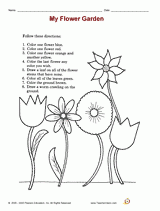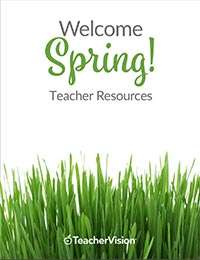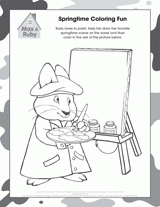Use a School Readiness Activity to provide early language thinking experiences for preschool children that will prepare them to do well in the early grades.
Grades:
Subjects:
Simon Says: Follow Directions
Purpose/Skills
- To listen to and follow verbal directions
- To demonstrate understanding through actions
- To build vocabulary
Materials
None
| listen | follow directions |
| up | down |
| out | on |
| body parts |
Literature Suggestion
Read Pigs Aplenty, Pigs Galore! by David McPhail, or any selection that involves movement of the body.
Warm-Up
Have the children pretend that they are the "pigs aplenty" and do some stretches as you give gentle commands. Ask children to follow directions, such as: Lift up your arms. Touch your waist. Put your hands on your knees. Touch your toes. For English Language Learners: point to and name body parts before you begin.
Procedure
- Explain how to play "Simon Says." (Tell children that you will give directions for them to follow. If you say "Simon says" first, they should do it. If you do not say "Simon says" first, they should not do it.) Tell children to listen carefully and follow directions.
- Start the game with "Simon says, put your finger on your chin." Help any children who are having difficulty by pointing to your chin and putting your finger on it. Continue with commands that include up, down, and out.
- Once children are comfortable following one-step directions, give them two-step directions to follow. For example, ask them to stand on their right foot and hop in place.
- Teacher Tip: Experienced players of "Simon Says" are often "out," or excluded from the game, when they make a mistake. Young children and English Language Learners should keep playing even when they make mistakes, so that they can improve through play.
Invite children to take turns giving the directions.
Observation Assessment
- Proficient - Child actively joins in the activity and follows the movement directions accurately.
- In Process - Child participates, but has difficulty following the two-step directions.
- Not Yet Ready - Child does not yet follow the movements or become engaged in the activity.












